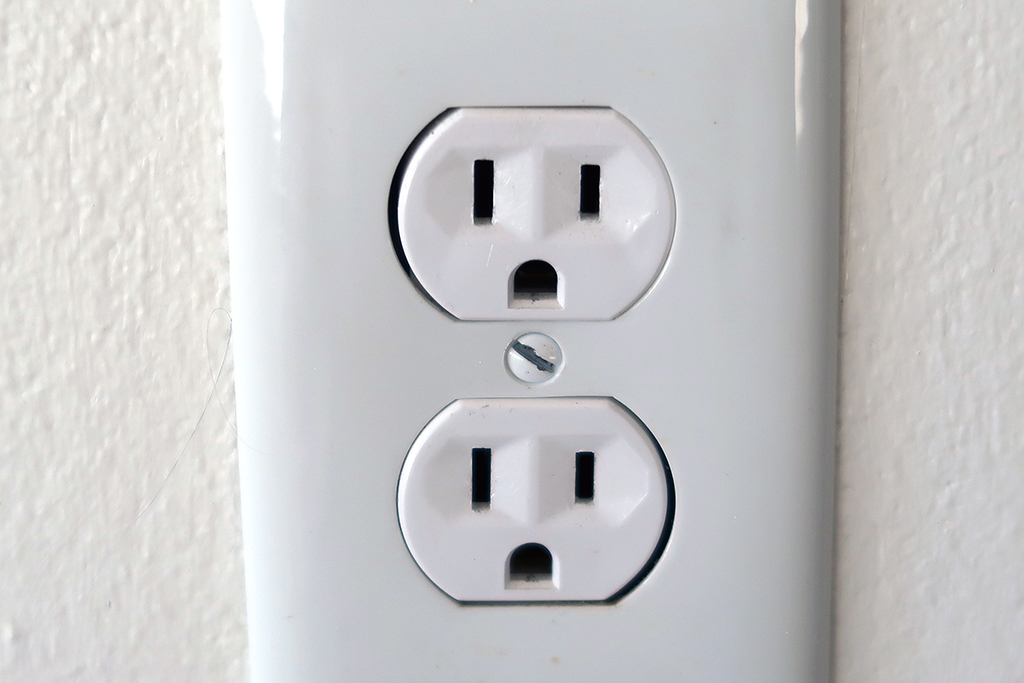Types Of Electrical Receptacle Boxes And How An Electrician Can Help | Florence, SC

Photo By ChrisLim2019 at Shutterstock
The electrical boxes inside your home that are used to lodge your outlets or switches into your home. They are required to ensure that your electrical wires are safe in your walls when you expose them to hook up those outlets and switches. There are different types of these receptacle boxes and applications of them are based on both the location of the box in the wall, the material around the wall, and other functions within the house. We’ll go over the reasons that an electrician will use different types in your home. We’ll also cover the differences between the different boxes so that your Florence, SC home will have the right kinds when you give an electrician a call.
What’s It Made Of?
Electrical receptacle boxes are primarily made of two different materials, a plastic or a metal version. Plastic boxes are preferred by most electricians because of the multitude of advantages they have over metal boxes. Not only are plastic boxes not conducting electricity because of the material they are made of, most are made out of polyvinyl chloride, also called PVC. PVC is lightweight, cheap, and easy to work with. Plastic boxes have easy to punch out holes in the backs or sides of them so that you are able to set them however your home is set up. As for negatives plastic boxes are susceptible to extreme heat and ultraviolet light damage, making them difficult to work with outdoors or in poorly insulated homes. Plastic boxes also can warp when tightened too much.
As an alternate, and a more classic setup, metal electrical receptacles still exist and have their advantages. Metal electrical boxes are usually made out of aluminum, although some may be a steel construction. Metal boxes are extremely strong, being able to withstand almost anything that they come into contact with, are fireproof, and are unlikely to melt in case of a fire. There is a considerable downside however to metal boxes, and that is conductivity for electricity. Your electrician will know how to properly seal off electrical lines and eliminate this risk. Metal boxes are much harder to work with, as their stamped punch out holes can be difficult to properly get done correctly as well as the risk of cutting hands and fingers along the edges of the boxes. With this an expert will more than likely wear gloves when working with metal boxes. They are mostly used in outdoor applications because of their durability but their popularity has shrunk as plastic boxes have become inexpensive.
How Are They Shaped?
Your professional will know which shape of electrical receptacle box you will need for your replacement. They will also know what the rules and regulations are for building code in Florence, SC so you won’ have to dig through pages of building code documents to ensure you’re doing something right. But did you know that all those different shapes have their own names, styles, and uses? We’ll start with the standard rectangular electric box. You’ll recognize it by the stereotypical box size and they come in 2×2 and 2×3 size. These are meant for one outlet but can be linked up to other boxes to increase the number of outlets or switches at that location. These boxes can also come in depths that go from 1.5 to 3.5 inches deep that will vary in use depending on the depth available in your wall and other electrical wires running through the wall at that point.
If your electrician doesn’t want to join multiple single boxes together for a large room where you need multiple outlets or switches in one location they can get a multiple gang box. Traditionally these units come in 2-gang, meaning two hookups, 3-gang, and 4-gang. Each has their own purposes but in most homes you wouldn’t expect to see many of these two plus gang units together.
Thinking about a possible headache of going round and round with your electrician? Hopefully not, but they could bring some oxymoronic round boxes, or octagonal boxes, into your home to do work if they need to. Round boxes generally max out at 3 inches deep and are used primarily for wall mounted and ceiling mounted light fixtures. If you have wires that cross each other between your floors round or octagonal boxes may be used to ensure they are fed correctly and able to be serviced in a more organized fashion in the future.
If you’re looking for an electrician to install a ceiling fan a standard round electrical box won’t cut it, as you need something with stability to keep the unit in place for years to come. There are two different normal types of ceiling fan boxes that are available, a half inch deep version called a “pancake” and a normal 2.125 inch deep box. The ceiling fan boxes are usually round but can also be octagonal in main shape. What sets them apart from those previously discussed ones is that they have a built in frame and support system that is meant to attach to the support beams on your ceiling that will work to counter the fans motions. Since ceiling fans can be as heavy as 75 pounds but these units can be attached with as few as four screws.
The last thing we’ll touch on is attachment to walls. Standard boxes that are the lowest cost will have minimal wings and attachment points, making them easier to fit into tight places but will be harder to install properly than boxes with toe-in nails or larger wings that will allow for more stability within the box.
No matter what boxes you think your house should have or your electrician needs, give the experts at Mister Sparky of Florence a call when you’re ready to make the call for any electrical project. There’s no job that the licensed and insured electricians of Mister Sparky won’t try for you, so give them a call today.

















